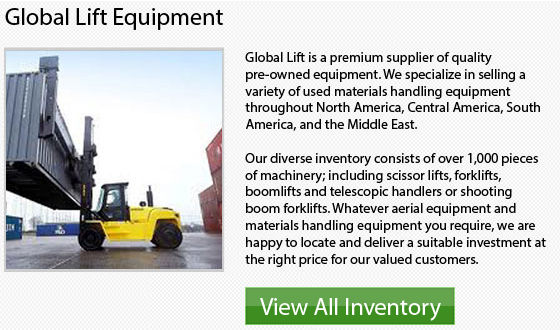
The company Linden Comansa was initially known as "Imausa." In the early 1960s, they began their activities as jig and tool manufacturers. The company began supplying mainly the larger sub-contractors to the then booming automotive industry
Around that same time, there was a strong industrial expansion in Spain. This period saw Imausa making more advanced jigs, machine tools and other tools for both in-house and external use. The company also specialized in manufacturing pre-fabricated steel structures particularly for industrial buildings.
Imausa's initiation into the crane market was an almost inevitable if not logical step. The Spanish tourist business exploded to immediately become amongst the globe's largest tourism magnets. This mass expansion of course brought a parallel demand for hospitals, schools and housing amongst other things. The corporation became very busy, really fast.
Production
The very first cranes that were produced were saddle-jib, simple cranes. They were mostly suited to the building methods at that specific time. The first crane model eventually grew into a range of cranes with a capacity ranging from 12 to 42 metric-tons.
By the early 1970s, Linden Comansa saddle-jib cranes had already met the 200 metric-ton barrier. Linden Comansa has surpassed the standard and has continued to design and engineer cranes which surpass the 900 metric ton capacity. There is currently manufacturing and design facilities which allow the production and development of even bigger and more incredible machines.
The unique Linden 8000 Modular System crane provides some specific advantages which has made it a popular machinery for Linden Comansa clients all over the world. These customers all over the world have bought roughly 12,000 Linden Comansa cranes in addition to the roughly 6000 equipments manufactured by Linden-Alimak in Sweden. These other cranes were made prior to the acquisition of the world-wide manufacturing and selling rights of this specific modular system.